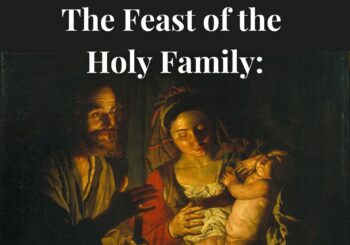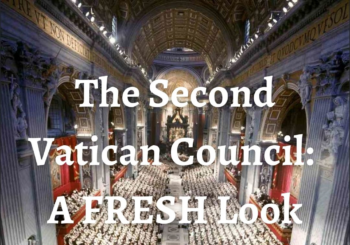
The Feast of the Holy Family
And over all these put on love, that is, the bond of perfection. And let the peace of Christ control your hearts, the peace into which you were also called in one body. And be thankful (Col. 3:14-15)
Despite wh...
Read More
Read More
